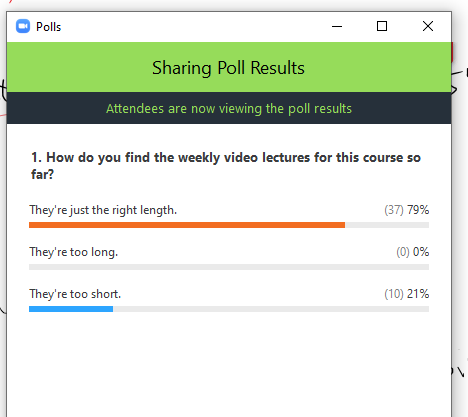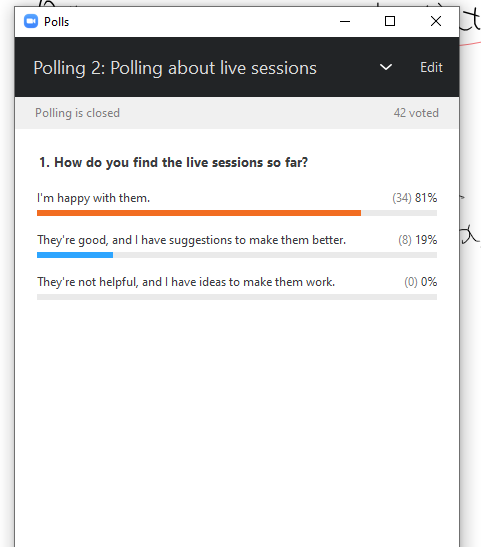I recently gave a talk at OCMA Virtual Symposium 2020 titled “OERs and the Vision of Mathematics Education in the Open“, during which I shared my experience with open education resources and open textbooks in my teaching. Since we shifted to emergency online teaching this March, it has been challenging for everyone: students, faculty and staff. We are living in a time during which we experience the loss of family and friends without much emotional support, overworking is the new norm and the future is uncertain.
How are our students doing? Many of them are not sure whether they can continue their education now that they lost their part-time job without enough income to cover school and textbooks; they are not sure whether they can keep their scholarship because they may not be able to keep their perfect GPAs; they are not sure what is the best way to study now that courses are all online with minimal or even no connections with their peers and instructors; their course load is getting too much: all of a sudden every course they take has weekly check-ins and quizzes; they may not even have stable wi-fi because they are financially disadvantaged and/or live in a war zone; they fell terrified when they are watched by proctoring softwares because even the blink of an eye could signal they’re cheating. This list could go on, and this is the situation our students are in.
Is there anything we could do as instructors to help our students on their learning journey? I believe OERs are part of the solution. As Sean Fitzpatrick pointed out on Twitter, we should use OER because they are just as good, sometimes better than commercial textbooks, and our students can use them any time, any where; we instructors can connect with a passionate community of educators which is exactly what I experienced this semester. We are using Active Calculus for MATH2720 Multivariable Calculus at University of Manitoba in fall semester, and I got to connect with the author of the book: Steve Schlicker who are so supportive and shared a ton of resources with me when he learned that I’m teaching using this book. I also connected with Feryal Alayont from the Department of Mathematics at Grand Valley State University because we both teaching the same course using this book. It’s wonderful to connect with and learn from them. And none of this would be possible without this wonderfully written open textbook. My class and I also use Hypothes.is for social annotation and the discussions students have are another proof that using an open textbook is the right choice.
As I said during my presentation, when teachers work together, students win! Let’s try to build a supportive community for each other so everyone’s life is a bit better, easier and brighter. If you are interested in learning about my experience with OERs, feel free to reach out to me via email xinli.wang@umanitoba.ca and on Twitter: xinli_w. I always love a good chat. Take care for now.

